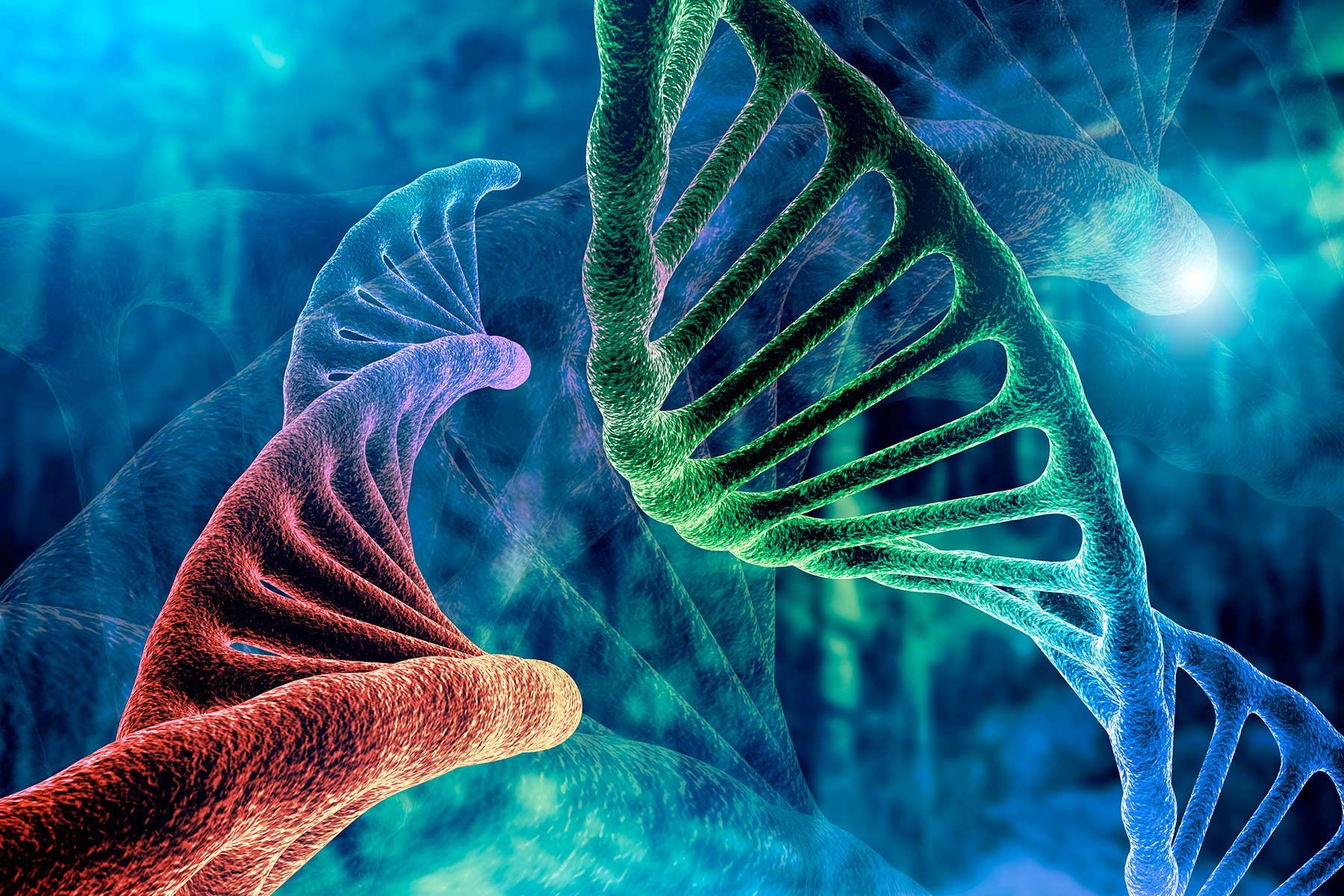April 7, 2022 – While scientists celebrate putting together the last pieces of the human genome – a major accomplishment decades in the making – the rest of us are left wondering what this breakthrough could mean for our own health and well-being.
Advances in diagnosis and treatment of cancers, development disorders, Down syndrome are connected to these areas of the genome, said Eichler, a senior author of some of the brain than the apes specifically come from these regions, for example, he said.
Variety Is the Spice of Life?
Even though 8% might sound like a small percentage, Schatz said, when he and colleagues compared 3,202 genomes to this new reference map, they discovered more than 1 million more variants.
“Now that we’ve sequenced the first human genome completely and are starting on the next 100, we are starting to see incredible variation … and variation that was largely unanticipated,” Eichler said.
The earliest application will be that there will be fewer errors in current clinical genetic tests and research, said McCoy, an assistant professor of biology at Johns Hopkins University.
Farther down the line, McCoy said, “it is likely that scientists will identify genetic variation contributing to both rare and common disease in some of these regions that were previously hidden, which could pave the way for new diagnostics and therapies.”
Delving into Human Diversity
Scientists also plan to sequence hundreds of genomes from people from diverse populations around the world through the Human Pangenome Reference Consortium. One goal is to compare these genomes to reference genomes to better understand human diversity.
“This accomplishment will also drive frank and meaningful conversations about health equity and access, as well as how to continue building genomic resources that are free from bias and underrepresentation,” Green said. Historically, genetic studies have been criticized for not representing global populations.
“Although the potentialities are limitless, there is much work to be done toward a future where the benefits of telomere-to-telomere sequencing are available and accessible to all,” Green added
Going Forward
The timeline for other ways the accomplishment will apply to medicine is difficult to predict, McCoy said, but it is “likely on the scale of the next year or two.”
Green added: “The exciting thing I see in how this can connect to health is this future of medicine, where we believe some day – and it’s starting to happen already – physicians will use the genome sequences to tailor the medical care of their patients.”
This is a first step, he said, in giving doctors a “complete blueprint view of patients.”
Within 10 years, “I want to see this as a routine, under-$1,000 test that you can walk into a clinic and get your whole genome sequenced to enable this precision medicine,” said Adam Phillippy, PhD, head of the National Human Genome Research Institute’s Genome Informatics Section.
The goal is not to just catalog the genes, but to look at their function.
“By taking genomic technology into this new space and trying to figure out how they are regulated in health and disease is a really important next step,” Miga said.
“For as long as people have known about DNA and its importance, there has been this yearning to know what the complete gene sequence was, and now we have it for a single genome,” Schatz said.
The big-picture effects go beyond humans to all life on Earth, he added.
“I’m just so incredibly excited about the applications in human health, understanding populations, looking very broadly across the tree of life to all plants, animals, viruses, fungi – everything on the planet.”
